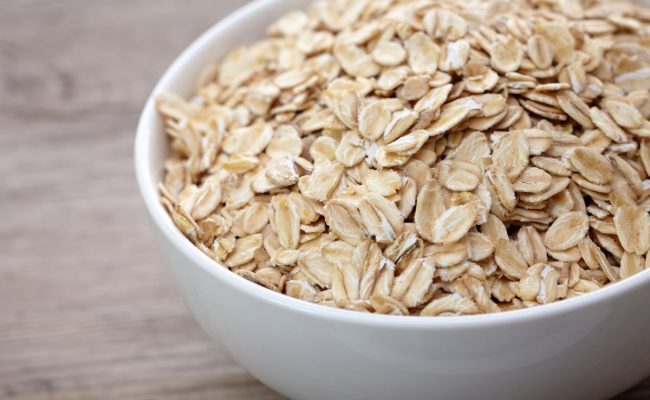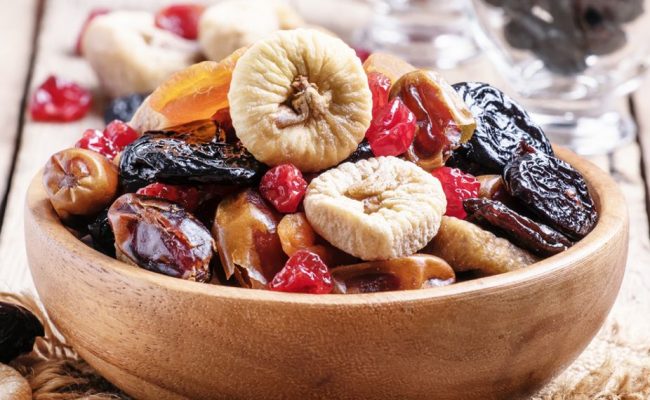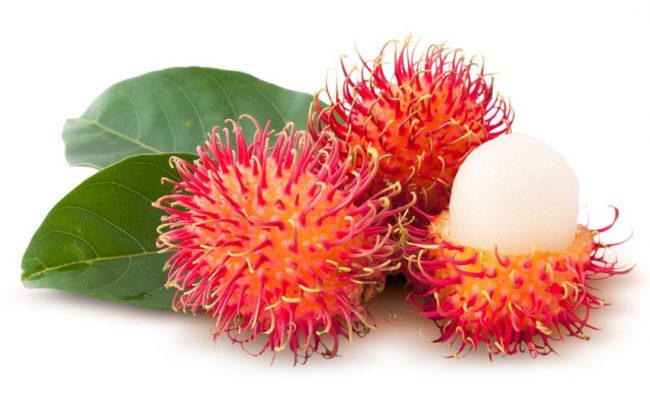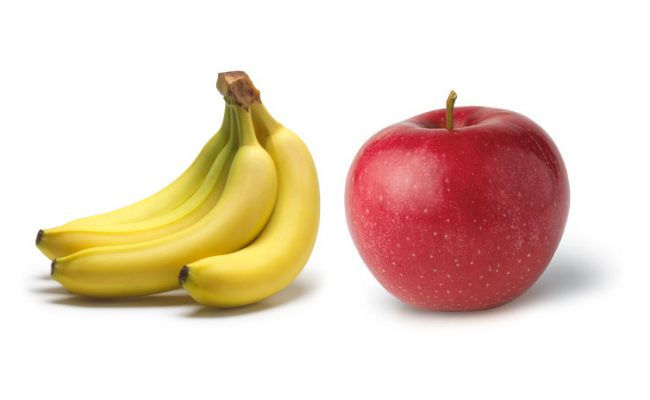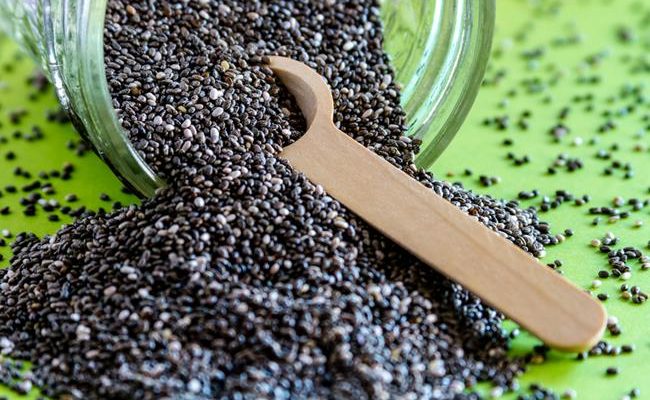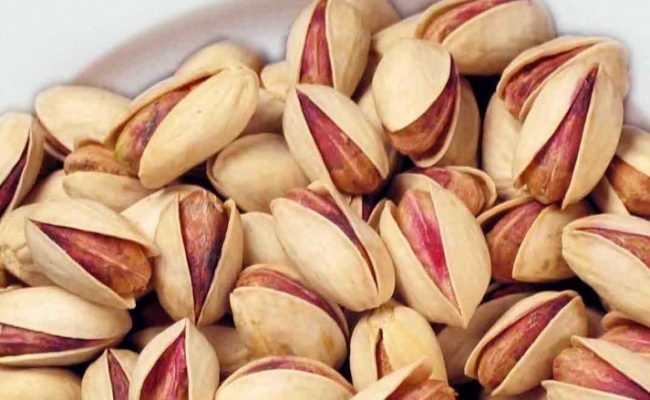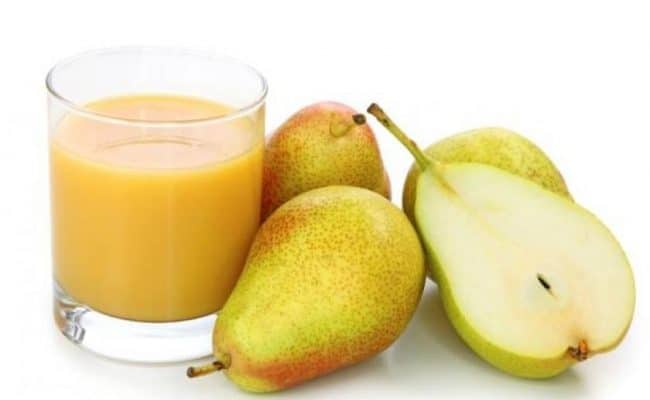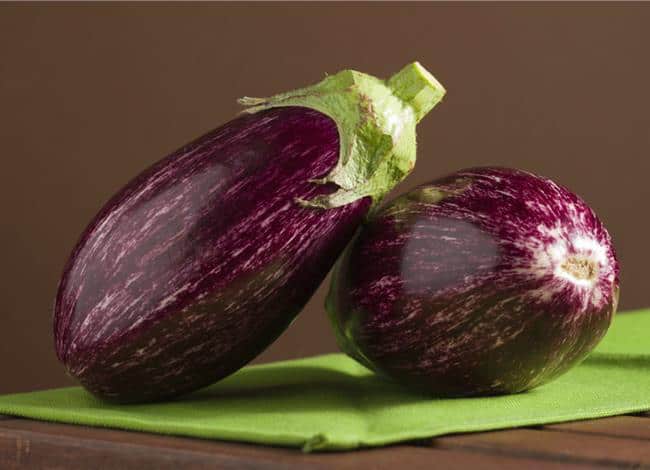
All vegetables can be considered healthy and are rich in many different nutrients. Women aged 31-50 need about 2.5 cups of vegetables per day, and men aged 31-50 need about 3 cups of vegetables per day. However, most American adults do not get the recommended serving of vegetables per day.
In addition to getting enough vegetables, it is beneficial to eat a wide diversity of vegetables. A common health recommendation is to “Eat the Rainbow” meaning you should try to eat different colors of fruits and vegetables every day.
Eating a wide diversity of vegetables can give you a variety of phytochemicals that decrease inflammation and may help prevent cells from getting damaged.
Try to get more variety in your vegetable intake along with increasing the amount. Here is a list of healthy vegetables that you should be eating if you’re not.
Leafy greens besides kale and spinach
Kale and spinach get a lot of attention as super foods. However, other leafy greens such as Swiss chard, collard greens, mustard greens, turnip greens etc. are just as beneficial as kale and spinach.
Any leafy greens can be used in salads, stir fries, smoothies, etc. and collard greens can be used like a tortilla wrap.
Leafy greens are packed with vitamin K, A and C, folate, calcium and potassium. These leafy greens are also packed with phytochemicals and fiber. Next time you are in the grocery store, instead of grabbing the usual kale or spinach try some of these other leafy greens.
Cruciferous vegetables
Cruciferous vegetables include arugula, collard greens, Brussels sprouts, Bok choy, broccoli, cabbage, cauliflower, rutabaga and turnips. According to the American Cancer Society, cruciferous vegetables have a sulfur containing compound called glucosinolates.
Glucosinolates have been shown to inhibit cancer growth in animals, help protect DNA in cells from damage, have antibacterial properties and can help lower inflammation. Most Americans don’t eat a lot of cruciferous vegetables, but eating more cruciferous vegetables in your diet can have many important health benefits.
Leeks
Leeks are similar to onions, garlic, scallions and shallots. This group of vegetables has a component of allicin which has anti-bacterial, anti-viral and anti-fungal properties. Leeks also have a compound that neutralizes free radicals, which may help lower risk for certain cancers. Leeks also contain a high number of antioxidants which can help lower inflammation.
Leeks are a relatively mild flavor and are an easy addition to soups, salads and meat dishes. Since the flavor of leeks is milder than other onions or garlic, leeks can be used more liberally.
Squash
Squash varieties such as acorn, butternut, pumpkin, spaghetti or zucchini offer many health benefits. They are rich in beta carotene, a natural precursor to vitamin A, vitamin C, B vitamins, manganese, copper and potassium.
Because there are so many types of squash, try new varieties often. Many people are familiar with zucchini or use pumpkin for pumpkin pie, but other varieties are less commonly used. Use spaghetti squash in place if noodles, butternut, acorn or pumpkins can be pureed into soups, added to salads or hashes.
See also: Are pumpkin seeds good for you?
Broccoli rabe
Broccoli rabe looks like a combination of broccoli and a leafy green. It tastes like broccoli and cabbage. Like other cruciferous vegetables, broccoli rabe contains glucosinates which are cancer fighting. Broccoli rabe is also high in vitamins A and C, folate, potassium and calcium.
Broccoli rabe can diversify the taste of starchy dishes and is common in Italian cuisine. Broccoli rabe is usually available year round, and is in season in cooler months.
Eggplant
This purple vegetable is loaded with nutrients, and is low in calories. Eggplant contains a compound called chlorogenic acid which is a powerful antioxidant. The peel of the eggplant has another powerful antioxidant, and eggplant is a good source of minerals such as magnesium, calcium and potassium.
Eggplant is also considered heart healthy because it may help lower cholesterol levels.
Aim for variety
There is no one super vegetable; each vegetable provides unique health benefits. Eating a variety of vegetables together may also have a synergistic effect of their antioxidant capacity.
This means when eaten together, the nutrients from each vegetable can work together to give an even greater health impact than when eaten alone.
Try to eat a variety of different colored vegetables per day and be willing to try new vegetables that you don’t normally eat. Eating other leafy greens besides kale or spinach can provide a varied taste profile, and they offer just as many health benefits.
Use leeks for seasoning dishes and you will also get powerful nutrients that can boost immune function. Cruciferous vegetables and broccoli rabe have been shown to act as cancer fighting agents in the body, and squash varieties are packed with beta carotene and other vitamins and minerals.
References used in this article
